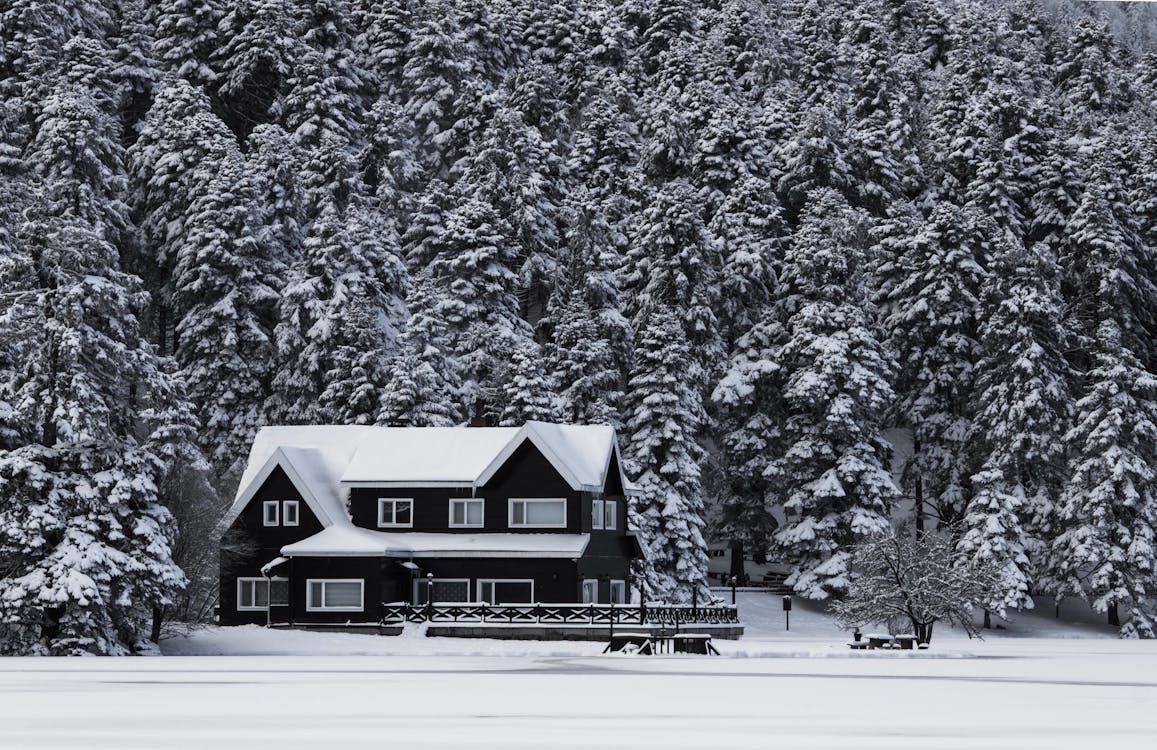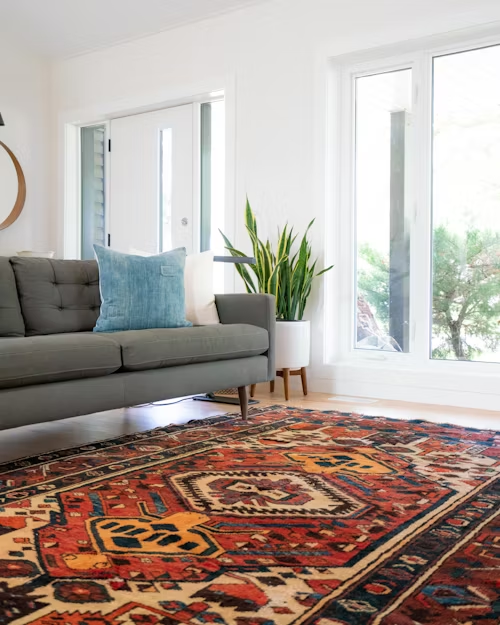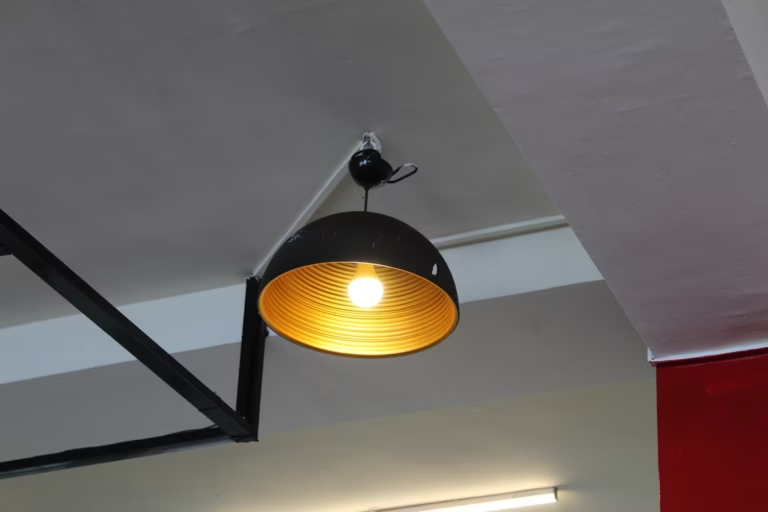How to Keep Your Home Comfortable All Winter Long
As winter approaches, keeping your home warm and cozy becomes a priority. Cold weather can make it difficult to stay comfortable indoors, but with the right steps, you can maintain a comfortable living environment all season long. The good news is that creating a warm and inviting home doesn’t have to be complicated. Here are some simple and effective tips to help you stay warm during the colder months.
Improve Insulation and Seal Drafts
One of the most important factors in keeping your home warm is proper insulation. Without it, heat can easily escape, making your heating system work harder than it needs to. Start by checking common areas where heat loss occurs, such as windows, doors, and attics. Even small gaps around windows or under doors can cause a significant amount of heat to escape, leading to higher energy bills and a colder home.
You can seal drafts by using weatherstripping or caulking around your doors and windows. These simple fixes help block cold air from entering and warm air from escaping. You should also think about adding insulation to your attic or walls if needed. By properly insulating your home and sealing drafts, you can significantly improve your home’s ability to retain heat and reduce energy costs at the same time.
Use Efficient Heating Solutions
Your home’s heating system plays a major role in keeping you comfortable throughout the winter. Whether you have a furnace, heat pump, or radiators, making sure your heating system is well-maintained is essential for efficiency and comfort. Regularly changing filters and scheduling maintenance checks will help your heating system run smoothly and efficiently.
For areas of your home that need extra warmth, like garages or basements, using propane heaters indoors can be a practical solution. These heaters provide quick heat, but it’s essential to follow safety guidelines, such as making sure the area is properly ventilated. Propane heaters can be an efficient option when used correctly, providing supplemental warmth in spaces where central heating might not reach as effectively. Always refer to safety instructions and keep the space well-ventilated to avoid any risks.
Maximize Natural Heat Sources
An often overlooked way to keep your home warm is by taking advantage of natural heat from the sun. During the day, open your curtains and blinds to let sunlight in. The sun can help heat up your rooms naturally, reducing the need to rely solely on your heating system. Positioning furniture near windows can also help spread the warmth through your home, making it feel cozier without extra energy usage.
At night, it’s important to close your curtains or blinds to trap the warmth inside. This small step adds an extra layer of insulation to your windows, preventing cold air from seeping in and keeping the heat you’ve generated during the day from escaping. By maximizing natural heat, you can maintain a warmer home while cutting down on energy use.
Read also: Tiny Home Upgrades
Layer Up for Comfort
Another effective way to stay warm during the winter is to layer up both yourself and your home. Instead of turning up the thermostat every time you feel cold, consider how layering can help you feel comfortable without using more energy. Wearing multiple layers of clothing allows you to trap body heat more efficiently. Start with a base layer of lightweight clothing, such as thermal shirts or leggings, and then add sweaters or hoodies as needed. This way, you can easily adjust to changing temperatures throughout the day.
In addition to layering yourself, you can also “layer” your home. Adding blankets, throw pillows, and rugs can instantly make your living space feel cozier. Rugs, in particular, help insulate floors and keep your feet warm, especially if you have hardwood or tile flooring, which can feel cold underfoot during the winter. In rooms where you spend the most time, like the living room or bedroom, place heavier blankets on couches and beds to add warmth and comfort.
You can also switch out lighter curtains for heavier, insulated ones to help keep cold air from seeping in through windows and maintain warmth more effectively. By making these small but impactful changes, you can make a big difference in how warm your home feels while keeping energy costs under control, creating a comfortable environment to enjoy all winter long.
Read also: Green Spaces for Communities
Maintain Proper Humidity Levels
Winter air tends to be dry, which can make your home feel colder and less comfortable. Maintaining the right level of humidity in your home helps your body feel warmer and also reduces the dryness that can irritate your skin, throat, and nasal passages. Using a humidifier can improve the moisture in the air, which makes the room feel warmer at lower temperatures.
Ideally, indoor humidity levels should be between 30% and 50%. If the air in your home is too dry, it can make you feel colder even when the thermostat is set at a comfortable temperature. Placing a humidifier in rooms like the bedroom or living room can make the air feel morecomfortable and help you avoid the need for higher heating settings.
Humidifiers are easy to use and come in various sizes, so you can choose one that fits your space. By keeping the air properly moisturized, you’ll notice that your home feels warmer, and you might even save on energy costs by not needing to heat your home as much.
Keeping your home warm and comfortable during the winter doesn’t have to involve complicated steps or major renovations. By layering your clothing and home furnishings, using efficient heating methods, and maintaining proper humidity levels, you can create a cozy atmosphere that makes winter much more bearable. Small adjustments, like adding extra blankets or using a humidifier, can go a long way in improving your comfort and helping you save on energy costs. Staying warm during the colder months can be simple, affordable, and stress-free with a few practical measures in place.







